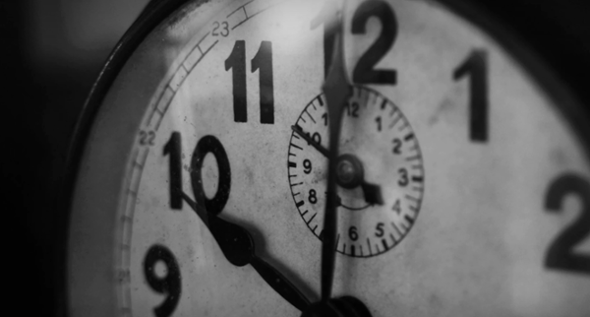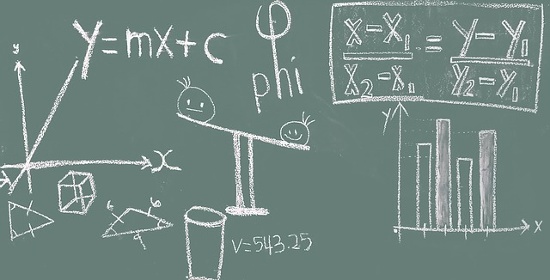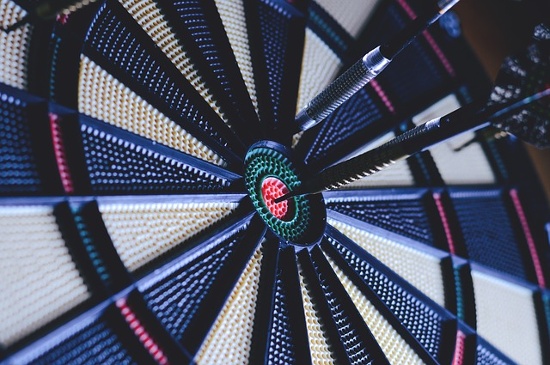4 Ways to Maximize Time and Improve Accuracy on the SAT
Apr 4, 2017 9:58:38 AM

In an article for Business Insider, Steven Salzberg, a professor of some very mathy topics (biomedical engineering, computer science, and biostatistics) at Johns Hopkins University, writes about how he got a higher score on the SAT as a teenager than he did when taking the practice tests recently with his daughter. Why? Timing, timing, timing.
His point is this: The math on the SAT is pretty basic, but the speed with which you have to complete the questions isn’t. Never fear, though—with some timing practice ahead of time, you’ll go in with confidence knowing you and the clock are chummy.
Some basic need-to-know timing facts:
- Arrive no later than 7:45 a.m., as the doors close at 8 a.m.
- The test is 3 hours long. This includes the reading (65 minutes), writing and language (35 minutes), and math (80 minutes) sections.
- The math section is split in two: a 25-minute, 20-question “no-calculator” section and a 55-minute, 38-question “calculators permitted” section. Reading is 65 minutes for 52 questions, and writing is 35 minutes for 44 questions. The optional essay is 50 minutes.
The only way to successfully improve your speed and accuracy is with practice tests. Here’s how:

-
Learning to close read passages on the reading section will help you save time on the questions that follow.
Often, readers apply their own experiences or distortions to a text, which can lead to misunderstanding the related questions. With close reading, though, you learn to read on the level of the word—what do certain words mean in the context of the sentence, and how does each sentence lead into the next or relate to other sentences?
As you’re reading assigned passages, underline words you think are especially important to the text, and in the margin, rephrase or boil down sentences to their base meaning. In the end, this deeper understanding will make answering the questions based on that passage go faster.
You can find a more detailed explanation of close reading tactics in the study guide that comes with our PSAT/SAT seminars and webinars.

-
Guessing still requires strategy, and knowing that strategy will help you waste less time while getting more questions right.
Good news! The new SAT won’t deduct points if you get a question wrong (just like the ACT). This means that you should absolutely take your best guess on every question, and yes, there’s a smart way to go about that—check out our seminar for information on how to ZAP (“Zero-in-And-Pick”).

-
When you familiarize yourself with basic formulas and question formats, you shave off the seconds you’d use trying to recall or find them during the test.
Foundational math knowledge is important on the SAT. Practice tests will help you get to know which formulas and types of questions are common, as well as which ones you need to brush up on. SAT provides math formulas, but turning the pages to find them will just slow you down. Commit the most common formulas to memory. The materials provided at a ZAPS seminar include a quick-yet-helpful Mathematics Review.

-
Knowing your goal score will help you use your time wisely.
If you know before you take the test what score you could conceivably attain (based on what you’ve gathered from SAT practice test results), you’ll be able to spend more time on the number of questions you can answer correctly. That will improve your accuracy. If you decide you can realistically go for a 650 on Math, figure out how many questions you’ll need to focus on so you don’t spread yourself too thin.
The Inside the SAT study guide, which is provided at our seminar and mailed to you for a webinar, has tables for score goals and the corresponding number of questions you need to answer correctly. Think you can ace the test? Then go for 800! Just be sure you’re being realistic when you set your goal.